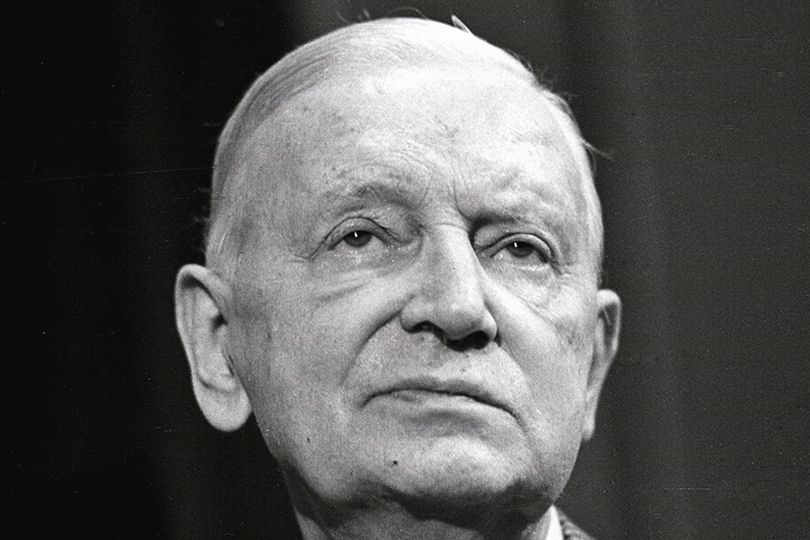In the fall semester of 1967, Copenhagen University launched a film studies programme under the newly founded Institute of Film Aesthetics and History (later, Film and Media Studies). Associate Professor Marguerite Engberg was the sole instructor.
Dreyer on the curriculum
Of the different courses that were taught, one was a two-semester survey of the work of Carl Th. Dreyer. The plan was to cap off the course with a visit from Dreyer sometime in May to give the students, who by then presumably would be well versed in the director and his films, a chance to meet him. In January 1968, Engberg learned that Dreyer was ailing and had been in the hospital. Wary of waiting until May, she moved the date up to February.
The director agreed to show up at the film museum in St. Søndervoldstræde on 22 February, in the forenoon, to answer questions prepared by the students.
80 minutes in the hot chair
Engberg recalls a clearly frail Dreyer entering and sitting down in a chair in front of an audience of roughly 100 students. He may have looked feeble, but when the students started asking their questions, he answered sharply and wittily. He was looking forward to starting his huge Jesus project, he said. Asked about his thoughts on a possible colour scheme for the film and how he intended to go about it, he answered, "I won’t reveal that here. You’ll have to wait until the film opens in cinemas." When the students used film terms like "long shots" and "medium shots," Dreyer dryly replied, "Such terms as medium and long shots I don’t know at all." Asked why he cast two opera singers in Leaves of Satan’s Book (a silent film from 1921), he replied with a twinkle in his eye, "Because of their looks, not because of their voices!"
Danmarks Radio was on it
Around the time that Associate Professor Engberg set up the meeting with Dreyer, Werner Svendsen of Danmarks Radio’s Culture Department asked her to participate in a TV programme about Dreyer. When the programme’s producer heard about the event at the film museum, he wanted to record it and Engberg agreed. The station showed up with a large OB truck that took up almost the whole courtyard of Filmmuseet and the adjoining Film School. As a result, the whole meeting between Dreyer and the film students has been preserved for posterity – a great filmmaker’s last look at his work.
"I’m a movie man and I’ll die a movie man"
A student asked Dreyer whether he would like to work in teleplays and Dreyer promptly replied, "Oh no," gently adding, "It’s a pleasure to make a film and a great experience, and I’ll stick to that … I’m a movie man and I’ll die a movie man." Just four weeks later Dreyer died, on March 20. He was 79. The planned Dreyer programme was re-edited and about 20 minutes of the footage from Store Søndervoldstræde was included in the resulting TV obituary.
We would like to thank DR for our collaboration in making this unique TV footage available and to Marguerite Engberg for organising the meeting back in 1968. We have cut the 80 minutes of footage into 11 parts – see more in Questions for Dreyer. Unfortunately it has not been possible to find a suitable solution with DR regarding translation and subtitling.
By Lisbeth Richter Larsen | 03. May
